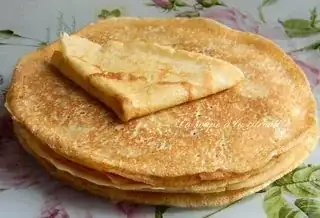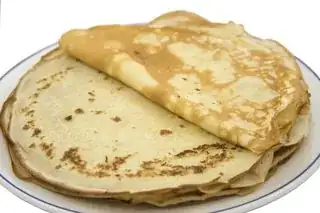I know how to make crêpes, however they have some tendency to be a bit ugly aesthetically speaking.
Each time I go to a crêperie, I can see this kind of crêpes :
However, when I try myself, I often end up with something much thicker, with less even browning, like this but thicker:
What can I do to improve my crêpe-fu? Is it possible to achieve the prettiness of the first picture?

